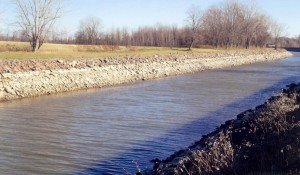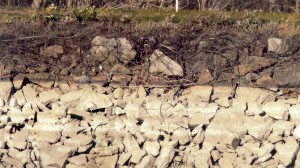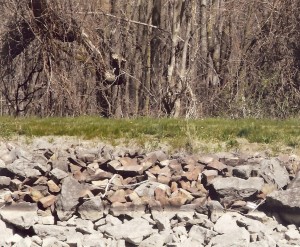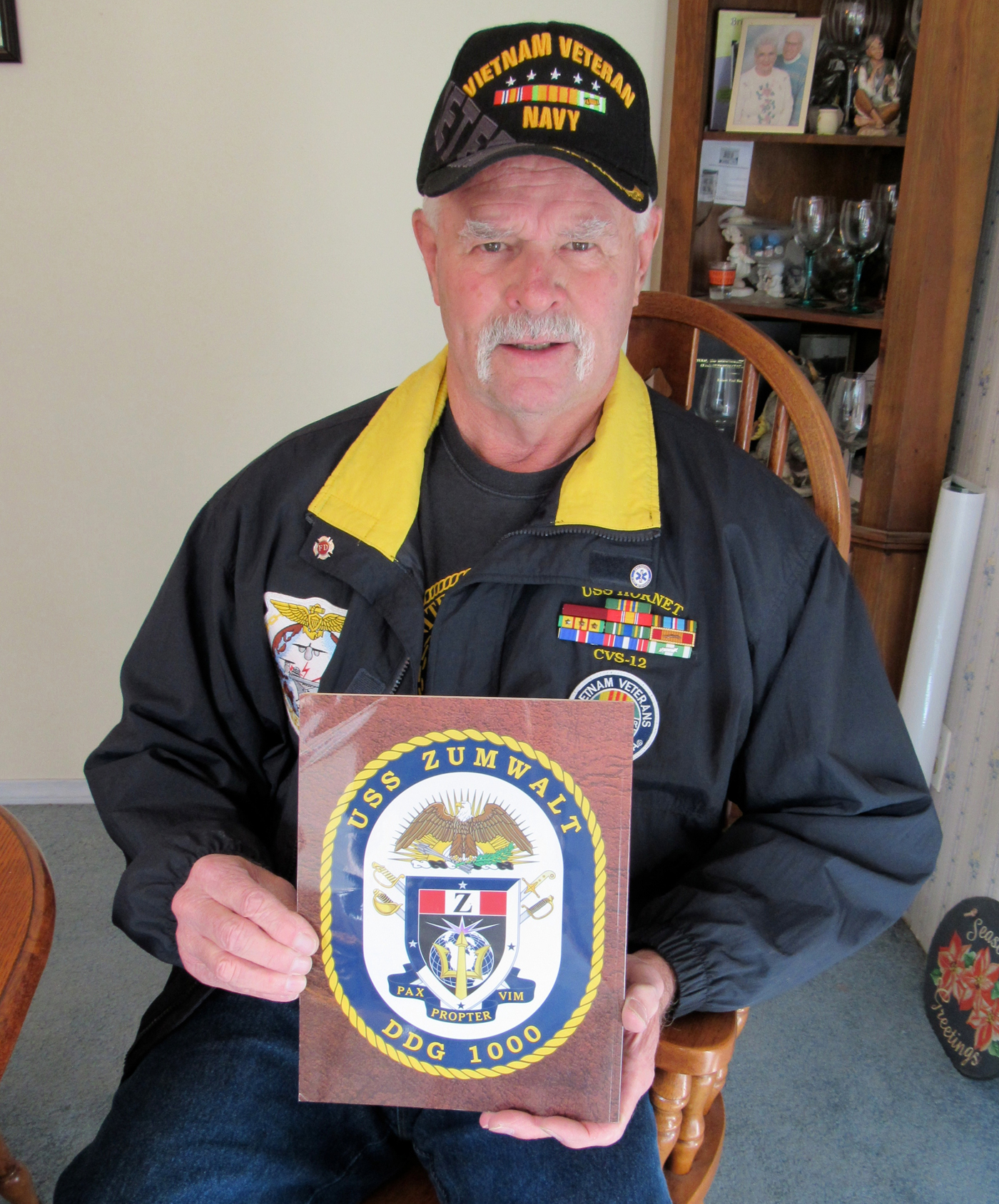Joe’s Stories
A Picture Story
Perhaps it was the mild winter or the fact that recently I’ve been driving from Spencerport to Brockport on a regular basis along Canal Road, but somehow the empty Erie Canal seemed more colorful this Spring. Not really bright colors but pleasing (to me) shades of red, tan, gray and occasionally a hint of yellow.

Although the rocks below the water level are usually the same type as those above it, they have taken on a shading from the water that has given them a permanent color. At the normal full water line there is a distinct dark band about four inches wide, which is apparently caused by the fluctuating water level and perhaps the effect of sunlight reflecting off the water.
The embankment rocks themselves vary in color across the state as locally available rock was/is used wherever possible. Thus the area between Rochester and Spencerport is primarily grayish Dolomite stone, often referred to as Canal Rock.

Heading west towards Brockport you begin to notice some reddish/brown colored rock, which is the Medina sandstone that underlies much of the area. It was quarried extensively in the past and shipped down the canal to build “Brownstone” structures in places along the way including many in New York City. No doubt the color and type of stone used is shaded differently by the canal’s water, which itself comes from a variety of sources.
Although the pictures will give you an idea of the colors, the Erie Canal is filled and open for the season, so you will have to wait until next year to see it in person. Pictures are often given a title or name and it seems appropriate that these be called “Watercolors.”





